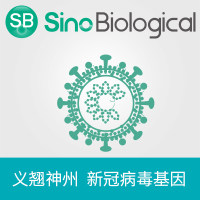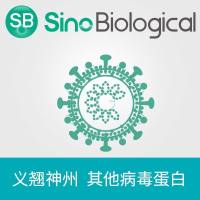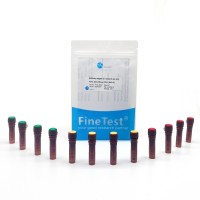Hemagglutinating Virus of Japan Liposome-Mediated Gene Delivery to Vascular Cells
互联网
296
Since the first report of in vivo direct gene transfer to the vessel wall in 1990 (1 ) several vectors, such as adenovirus, liposomes, and adeno-associated virus have been employed to introduce foreign genes to the vascular tissue in vivo. Hemagglutinating virus of Japan (HVJ, Sendai virus), a member of the mouse paramyxovirus family, has been combined with liposomes to produce a novel gene transfer system, namely, HVJ liposomes (2 ,3 ). This vector system is constructed with inactivated viral particles and nonviral lamellar liposomes, and is defined as a “viral, nonviral hybrid vector.” We and others have shown that this vector system can introduce foreign genes into the vascular tissue efficiently (4 –9 ), and have also demonstrated that these genes and synthetic oligodeoxynucleotides (ODNs) transferred by this system could add some functions to the vessel wall (4 –6 ) or prevent the vascular proliferative diseases (7 –9 ).









